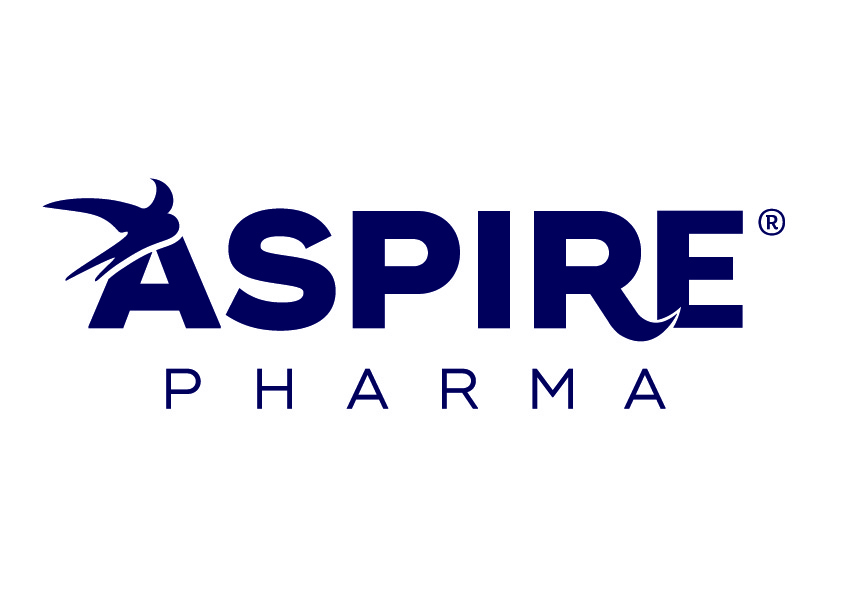Adults and Elderly
The nail lacquer should be applied to the affected finger or toenails once weekly.
The patient should apply the nail lacquer as follows:
1. Before the first application Amorolfine 5% w/v Medicated nail lacquer, it is essential that the affected areas of nail (particularly the nail surfaces) should be filed down as thoroughly as possible using a nail file, as supplied. The surface of the nail should then be cleansed and degreased using an alcohol cleaning pad, as supplied.
Cosmetic nail lacquer may be applied at least 10 minutes after Amorolfine 5% nail lacquer application.
Before repeat application of Amorolfine 5% w/v Medicated nail lacquer, any remaining nail lacquer, and cosmetic nail lacquer if any, should be removed carefully. Then, the affected nails should be filed down again as required before cleansing with an alcohol-soaked swab to remove any remaining lacquer.
Caution: Nail files used for affected nails must not be used for healthy nails.
2. With one of the reusable applicators supplied, apply the nail lacquer to the entire surface of the affected nails and allow it to dry. After use, clean the applicator with the same cleaning pad used before for nail cleaning. Keep the bottle tightly closed.
For each nail to be treated, dip the applicator into the nail lacquer without wiping off any of the lacquer on the bottle neck.
Caution: When working with organic solvents (thinners, white spirit, etc.) wear impermeable gloves in order to protect the Amorolfine 5% w/v Medicated nail lacquer on the nails.
Treatment should be continued without interruption until the nail is regenerated and the affected areas are finally cured. Non-compliance with frequency of administration and recommended treatment duration might result in treatment failure, and development of resistance. The required frequency and duration of treatment depends essentially on the intensity and localisation of the infection. In general, it is six months (fingernails) and nine to twelve months (toenails). A review of the treatment is recommended at intervals of approximately three months. If the infection has not cleared after six months (fingernails) and twelve months (toenails) medical advice should be sought.
Co-existent tinea pedis should be treated with an appropriate antimycotic cream.
Paediatric Population
Due to the lack of clinical experience available, Amorolfine 5% w/v Medicated nail lacquer is not recommended for patients below the age of 18 years.

